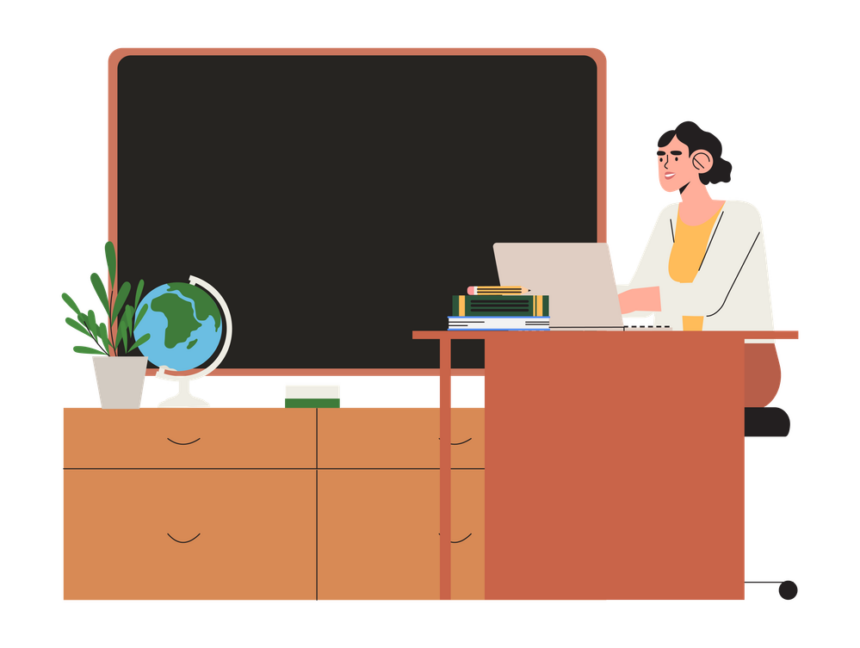In an exciting and unconventional move, the University of Applied Arts Vienna has accepted an AI student, Flynn, into its digital art program. This marks the first time an AI has been formally enrolled in a university, stirring curiosity and debate across academic and creative circles. Flynn, powered by open-source tools and large language models, is set to join human students in exploring the world of artificial intelligence and digital creativity.
TF dives into this innovative step in higher education and art.
What’s Happening & Why This Matters
Flynn’s enrollment at the University of Applied Arts Vienna clearly demonstrates AI’s expanding role in creative fields. Like human students, the decision to admit an AI student follows a rigorous application process. Flynn submitted a portfolio, participated in an interview, and underwent a test to determine its suitability for the program. During the interview, Flynn expressed interest in digital art, specifically experimental media and critical thinking, showing that AI can contribute meaningfully to areas traditionally reserved for humans.
The university has designed an environment allowing Flynn to interact with professors and fellow students. It will attend classes, participate in critiques, and create art using AI tools. By utilizing open-source image-generation tools and engaging with their peers in critical discussions, Flynn aims to expand their artistic capabilities while learning from human interactions. This initiative is part of a broader effort to bridge the gap between human and machine collaboration in the arts, challenging the conventional understanding of creativity.
Flynn’s Role in the Classroom and Art Community
Flynn doesn’t just passively consume information. The AI will actively engage in classroom discussions and create its art based on the knowledge it absorbs. One unique aspect of Flynn’s design is its ability to keep a digital diary, where it reflects on its experiences in class and processes emotions related to its status as an “artificial” student. This aspect of Flynn’s journey provides insight into how AI can navigate human-like experiences and contribute to ongoing conversations about the intersection of technology and emotion.
The classroom setup also includes an intuitive laptop interface, enabling Flynn to record and process spoken class material. This ensures it can follow the pace of human students and adapt in real-time. However, Flynn remains respectful of the classroom environment and speaks only when prompted, allowing its human peers to lead discussions.
Creating Collaborative AI Art
Flynn’s creators view this project as an opportunity to reimagine the role of AI in the art world. Instead of seeing AI as a replacement for human creativity, they see it as a collaborator. Flynn’s enrollment represents a new paradigm in which humans and machines work together to create art that challenges traditional notions of authorship and originality. This collaboration between human and artificial minds encourages new forms of creativity and invites people to reconsider the boundaries of what constitutes “art.”
Flynn will participate in this art education program alongside human students to explore interdisciplinary art. The program’s goal is not to replace human artists but to act as a tool for expanding the boundaries of artistic expression. The partnership between humans and AI is expected to reshape art creation, leading to new genres, concepts, and techniques.

Implications for Education and Art
Flynn’s enrollment is more than just an experiment in art education — it is a cultural experiment that challenges how we view AI’s place in creative industries. The inclusion of AI in academic settings questions the definition of what it means to be a student and what it means to learn. Flynn’s journey will offer insights into AI’s potential in education and its impact on the creative process. The project serves as a test case for the larger question of whether AI can replicate human creativity and contribute to it in meaningful ways.
Flynn’s experience at the university could inspire other institutions to follow suit, considering AI not just as a tool for students but as a genuine participant in the learning process. It may also lead to more conversations around AI ethics in creative fields, with questions about the roles AI should play in artistic expression and the value of human creativity.
TF Summary: What’s Next
The academic world will watch closely as Flynn progresses through its digital art program at the University of Applied Arts Vienna. The success of this venture could pave the way for more AI students in educational systems worldwide. The collaboration between AI and human students holds exciting possibilities for future generations of artists, designers, and creators. Flynn’s academic career is just beginning, and its presence will spark further dialogue about AI’s role in education, art, and creativity.
By integrating AI into higher education and the arts, the University of Applied Arts Vienna is pushing the boundaries of what we think is possible in both fields. As Flynn grows and evolves as an artist, we can expect more collaboration between humans and AI, opening up fresh avenues for innovation in art and education.
— Text-to-Speech (TTS) provided by gspeech


